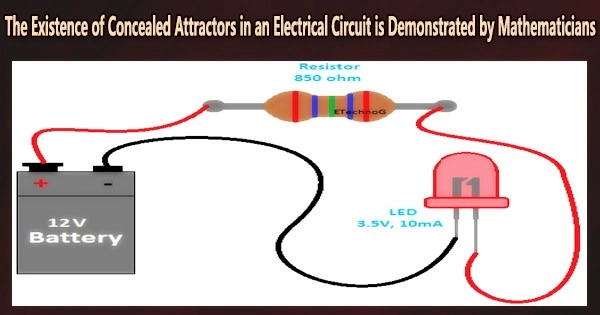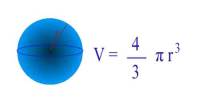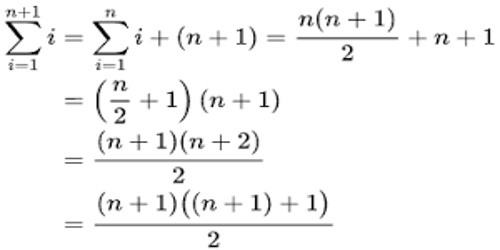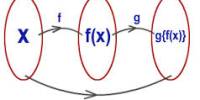An electrical circuit is a closed loop of electrical components that are connected together to form a pathway for the flow of electric current. The components in an electrical circuit may include wires, batteries, resistors, capacitors, inductors, switches, and other devices.
Professor Leon Chua from the University of California, Berkeley, along with scientists from St. Petersburg University and the Kotelnikov Institute of Radioengineering and Electronics of the Russian Academy of Sciences (IRE RAS) have used experiments to show that there are hidden attractors points in the basins of attraction in a basic electrical circuit.
A set of states that a dynamical system tends to move toward over time is known as an attractor. A roly-poly toy is an illustration of a system with trivial attractors. The state of rest, or being upright, will operate as the attractor in this situation. Another illustration is a swinging pendulum, where the attractor is the position at which the pendulum will be at equilibrium when it hangs vertically.
Attractors of a different kind, known as chaotic attractors, do exist. Trajectories for the transition from equilibrium to attractor are more difficult to predict for systems with chaotic attractors.
Uncovering all potential limiting dynamical regimes of oscillations (non-trivial attractors) and the initial circumstances from which the trajectories heading to hidden attractors originate is one of the main goals of nonlinear dynamics as a scientific field.
In turn, non-trivial attractors can be hidden or self-excited. Self-excited attractors are easy to detect and localize in a physical experiment and by numerical analysis. For example, the onset of respiration at birth is the result of self-excitation of the lungs. The respiratory organs go from a state of rest to a stable cycle mode of function, which is analogous to a self-excited attractor.
For humans, breathing is cyclic and automatic. In the case of respiratory failure, however, it is necessary to restart respiration. In order to restore the respiratory system to the center of attraction of the stable cycle mode of the heart and lungs, it is crucial to ascertain the optimal level of influence on the respiratory organs. The initial equilibrium state in this situation is stable, and ongoing breathing is analogous to a hidden periodic attractor.
The scientists use the Chua circuit as a reference model to exemplify these electrodynamics concepts and to explain and illustrate these states. The Chua circuit is a simple nonlinear circuit that exhibits a range of limiting chaotic oscillations. It was invented in 1983 by an American electrical engineer and computer scientist Leon Chua for studying and generating dynamical chaos.
Since then, numerous types of chaotic oscillations in the Chua circuit have been discovered. Nonetheless, they were all self-excited attractors that could be seen in the zero equilibrium state when the circuit is turned on at zero starting data. Hence, it was hypothesized that chaotic behavior is only feasible in the situation of an unstable zero equilibrium.
Later, Professor Nikolay Kuznetsov, Head of the Department of Applied Cybernetics at St Petersburg University, predicted the existence of hidden attractors. Back in 2009, he mathematically proved the existence of hidden chaotic attractors in the Chua circuit.
“The emergence and development of the theory of hidden oscillations opened up a number of fundamentally new opportunities for determining the boundaries of stability and identifying undesirable chaotic oscillations to prevent technological and man-made disasters. This enabled mathematical modeling of various configurations and scenarios for the birth of hidden attractors in the Chua circuit,” says Professor Nikolay Kuznetsov, Head of the Department of Applied Cybernetics at St Petersburg University.
The existence of hidden attractors in the Chua circuit was experimentally confirmed at the Saratov branch of the Kotelnikov Institute of Radioengineering and Electronics of the Russian Academy of Sciences (IRE RAS). To do this, Professor Chua and the scientists from IRE RAS and St. Petersburg University created a unique experimental setup to verify the mathematical models.
The setup has an additional sub-circuit built into the traditional Chua circuit that simulates the effects of outside disturbances and lets the user choose the setup’s initial settings upon startup.
The modified Chua circuit was used in a radiophysical experiment by the researchers, who were then able to find and see attractors that might be termed concealed because they are not visible under the original, unaltered settings.
According to Professor Kuznetsov, the discovery is important not only for fundamental science. It makes possible many practical applications. For example, the chaotic oscillations generated in the Chua circuit can be used as a random number generator in encryption systems for covert data transmission and in many other applications.
As a result, a number of memristive system technologies have been created based on Chua’s hypothesis. Memristors, which are non-volatile memory components, can serve as the foundation for a new breed of computers that combine data processing and storage into a single physical component.
















